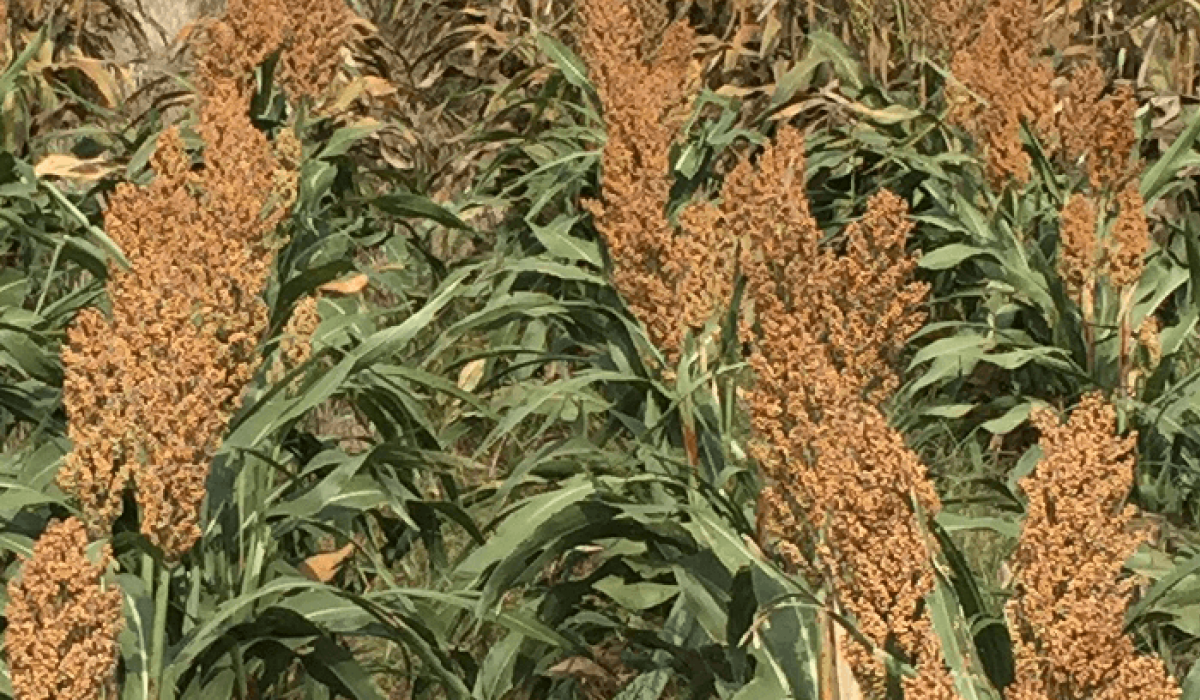Error message
- Notice: Trying to access array offset on value of type int in element_children() (line 6656 of /home1/padillea/public_html/mccornack/includes/common.inc).
- Notice: Trying to access array offset on value of type int in element_children() (line 6656 of /home1/padillea/public_html/mccornack/includes/common.inc).
- Notice: Trying to access array offset on value of type int in element_children() (line 6656 of /home1/padillea/public_html/mccornack/includes/common.inc).
- Notice: Trying to access array offset on value of type int in element_children() (line 6656 of /home1/padillea/public_html/mccornack/includes/common.inc).
- Notice: Trying to access array offset on value of type int in element_children() (line 6656 of /home1/padillea/public_html/mccornack/includes/common.inc).
- Notice: Trying to access array offset on value of type int in element_children() (line 6656 of /home1/padillea/public_html/mccornack/includes/common.inc).
- Notice: Trying to access array offset on value of type int in element_children() (line 6656 of /home1/padillea/public_html/mccornack/includes/common.inc).
- Notice: Trying to access array offset on value of type int in element_children() (line 6656 of /home1/padillea/public_html/mccornack/includes/common.inc).
- Notice: Trying to access array offset on value of type int in element_children() (line 6656 of /home1/padillea/public_html/mccornack/includes/common.inc).
- Notice: Trying to access array offset on value of type int in element_children() (line 6656 of /home1/padillea/public_html/mccornack/includes/common.inc).
- Notice: Trying to access array offset on value of type int in element_children() (line 6656 of /home1/padillea/public_html/mccornack/includes/common.inc).
- Notice: Trying to access array offset on value of type int in element_children() (line 6656 of /home1/padillea/public_html/mccornack/includes/common.inc).
- Notice: Trying to access array offset on value of type int in element_children() (line 6656 of /home1/padillea/public_html/mccornack/includes/common.inc).
- Notice: Trying to access array offset on value of type int in element_children() (line 6656 of /home1/padillea/public_html/mccornack/includes/common.inc).
- Notice: Trying to access array offset on value of type int in element_children() (line 6656 of /home1/padillea/public_html/mccornack/includes/common.inc).
- Notice: Trying to access array offset on value of type int in element_children() (line 6656 of /home1/padillea/public_html/mccornack/includes/common.inc).
- Notice: Trying to access array offset on value of type int in element_children() (line 6656 of /home1/padillea/public_html/mccornack/includes/common.inc).
- Notice: Trying to access array offset on value of type int in element_children() (line 6656 of /home1/padillea/public_html/mccornack/includes/common.inc).
- Notice: Trying to access array offset on value of type int in element_children() (line 6656 of /home1/padillea/public_html/mccornack/includes/common.inc).
- Notice: Trying to access array offset on value of type int in element_children() (line 6656 of /home1/padillea/public_html/mccornack/includes/common.inc).
- Notice: Trying to access array offset on value of type int in element_children() (line 6656 of /home1/padillea/public_html/mccornack/includes/common.inc).
- Notice: Trying to access array offset on value of type int in element_children() (line 6656 of /home1/padillea/public_html/mccornack/includes/common.inc).
- Notice: Trying to access array offset on value of type int in element_children() (line 6656 of /home1/padillea/public_html/mccornack/includes/common.inc).
- Notice: Trying to access array offset on value of type int in element_children() (line 6656 of /home1/padillea/public_html/mccornack/includes/common.inc).
- Notice: Trying to access array offset on value of type int in element_children() (line 6656 of /home1/padillea/public_html/mccornack/includes/common.inc).
- Notice: Trying to access array offset on value of type int in element_children() (line 6656 of /home1/padillea/public_html/mccornack/includes/common.inc).
- Notice: Trying to access array offset on value of type int in element_children() (line 6656 of /home1/padillea/public_html/mccornack/includes/common.inc).
- Notice: Trying to access array offset on value of type int in element_children() (line 6656 of /home1/padillea/public_html/mccornack/includes/common.inc).
- Notice: Trying to access array offset on value of type int in element_children() (line 6656 of /home1/padillea/public_html/mccornack/includes/common.inc).
- Notice: Trying to access array offset on value of type int in element_children() (line 6656 of /home1/padillea/public_html/mccornack/includes/common.inc).
- Notice: Trying to access array offset on value of type int in element_children() (line 6656 of /home1/padillea/public_html/mccornack/includes/common.inc).
- Notice: Trying to access array offset on value of type int in element_children() (line 6656 of /home1/padillea/public_html/mccornack/includes/common.inc).
- Deprecated function: implode(): Passing glue string after array is deprecated. Swap the parameters in drupal_get_feeds() (line 394 of /home1/padillea/public_html/mccornack/includes/common.inc).
Managing H. zea in late-season sorghum

